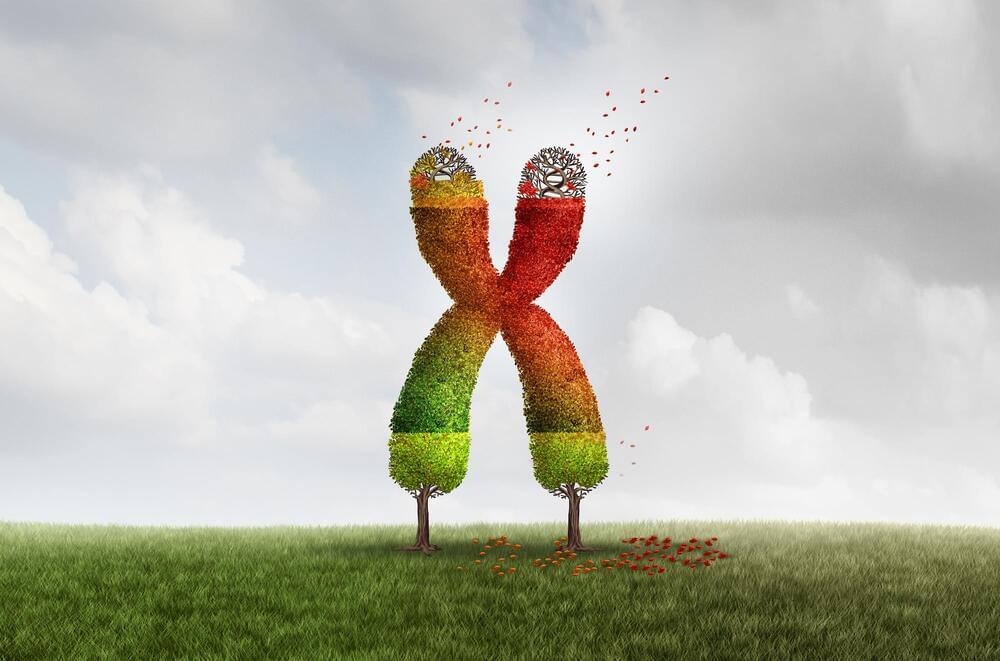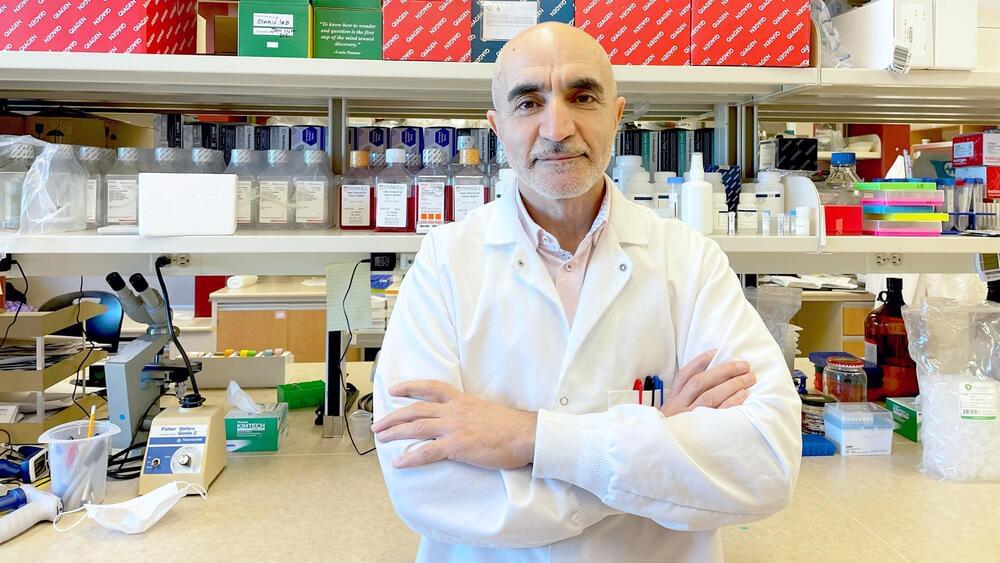We explore human enhancement and personal performance hacking with Matt Ward (@mattwardio), host of The Disruptors podcast, startup investor, adviser, and business innovation consultant. Matt and I thought it would be fun to do two episodes, one here on MIND & MACHINE and the other on The Disruptors, where we explore what we’ve learned, the ideas we’ve formed and our takeaways across all these different fields that we cover.
So with this episode here on MIND & MACHINE, we focus on human enhancement — technologies that are extending lifespan and enhancing human capability. Then we get into what Matt and I are doing currently to maximize our own performance capabilities — our ability to think more clearly, to live more energetic vibrant lives… which is all heavily informed by all these amazing guests across these different fields that we explore.
In the other part of this discussion, on The Disruptors, we look at another set of subjects from space to AI to Augmented and Virtual reality. So I encourage you to check that out as well at The Disruptors… For the other part of the Conversation on The Disruptors: https://is.gd/mv1Vez https://youtu.be/PtpwgTr4GSU __________ MIND & MACHINE features interviews by August Bradley with bold thinkers and leaders in transformational technologies. Subscribe to the MIND & MACHINE newsletter: https://www.mindandmachine.io/newsletter MIND & MACHINE Website: https://www.MindAndMachine.io Subscribe to the podcast on: iTunes: https://www.mindandmachine.io/itunes Android or Other Apps: https://www.mindandmachine.io/android Show Host August Bradley on Twitter: https://twitter.com/augustbradley _____________________________
For the other part of the Conversation on The Disruptors:
https://is.gd/mv1Vez.
__________
MIND & MACHINE features interviews by August Bradley with bold thinkers and leaders in transformational technologies.



